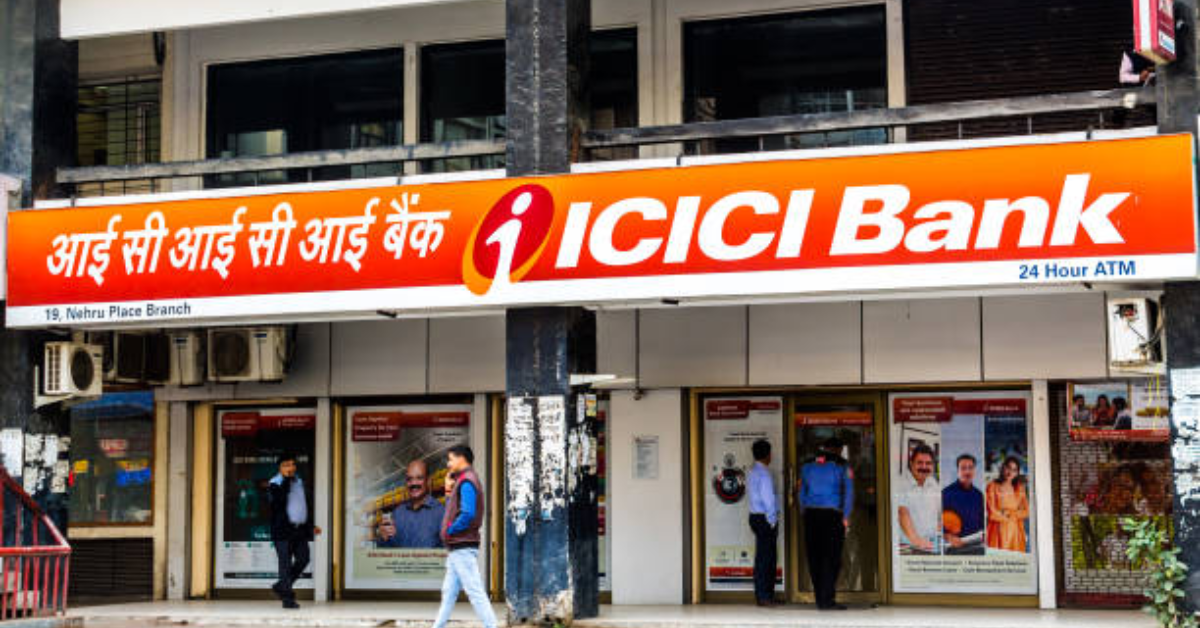Full Form of INR – Introduction
Full Form of INR: The Indian Rupee (INR) is the official currency of the Republic of India, a country located in South Asia. It serves as the medium of exchange in India, and its full form, Indian National Rupee, carries both historical and cultural significance. This article aims to explore the origin of the Indian Rupee, its history, its symbol, and its importance as the national currency of India.
Full Form of INR – History and Origin
The Indian Rupee has a rich history dating back several centuries. Its roots can be traced back to the ancient Indian subcontinent, where various types of currency were used for trade and commerce. During the 6th century BC, silver punch-marked coins were prevalent, followed by the introduction of gold coins during the Gupta Empire (4th to 6th century AD).
The term “rupee” itself derives from the Sanskrit word “rupya,” which means “made of silver.” The silver rupee coins were first issued by the Sultanate of Delhi in the 13th century AD. Subsequently, the Mughal Empire, which ruled a major part of the Indian subcontinent from the 16th to the 18th century, continued the use of rupee coins. The coins were of silver and they were widely recognized for their purity and value.
British Influence and the Modern Indian Rupee
The arrival of European powers, particularly the British East India Company, marked a significant turning point in the history of the Indian Rupee. With the establishment of British colonial rule in India, the currency system underwent substantial changes. In 1835, the British introduced the Coinage Act, which standardized the coinage system across India. This act led to the introduction of the “rupee” as the official currency.
During the British Raj, the Indian Rupee was pegged to the British pound at a fixed exchange rate. However, the rupee’s value fluctuated over time due to various economic factors. The responsibility of issuing and managing the Indian Rupee fell on the country’s central banking institution, the Reserve Bank of India (RBI, est 1935).
Independent India and the Symbol of the Indian Rupee
After India gained independence from British rule in 1947, the Indian Rupee continued to be the country’s official currency. However, it was not until 2010 that the Indian Rupee got its unique symbol. D Udaya Kumar designed the Indian Rupee symbol ₹. He was a postgraduate student at the Indian Institute of Technology (IIT) Bombay, as part of a competition organized by the Indian government. The symbol represents the Devanagari letter “र” (ra) and the Latin letter “R,” combined with two parallel lines representing the Indian flag.
Significance of the Indian Rupee
As the national currency of India, the Indian Rupee holds immense significance in the country’s economy and everyday life. Here are a few key aspects highlighting its importance:
Medium of Exchange
The Indian Rupee is widely accepted as the medium of exchange for all transactions within the country. It facilitates trade, commerce, and economic activities across various sectors.
Monetary Policy
The Reserve Bank of India, as the country’s central bank, formulates and implements monetary policies to regulate the supply and circulation of the Indian Rupee. These policies aim to maintain price stability and promote economic growth.
International Trade
The Indian Rupee plays a crucial role in international trade. It is useful in settling payments for imports and exports. This helps in contributing to India’s engagement with the global economy.
Financial Inclusion
The Indian Rupee promotes financial inclusion by ensuring that every citizen has access to basic financial services. It enables individuals to open bank accounts, save money, make transactions, and participate in various financial activities.
National Identity
The Indian Rupee is a symbol of national identity and sovereignty. It represents the economic strength and stability of the country and reflects its rich cultural heritage.
Currency Reserve
The Indian Rupee serves as a currency reserve for the country. Financial institutions like the RBI hold the Indian Rupee to maintain stability in the foreign exchange market and meet international payment obligations.
Tourism and Travel
For tourists visiting India, the Indian Rupee is essential for various expenses such as accommodation, transportation, shopping, and dining. It facilitates smooth travel experiences for both domestic and international travelers.
Investment and Capital Markets
The Indian Rupee is involved in investment activities and capital markets. It is used for buying and selling securities, trading in foreign exchange markets, and attracting foreign direct investments, contributing to the growth of the Indian economy.
Full Form of INR – Conclusion
The Indian Rupee (INR), with its full form as Indian National Rupee, holds a significant place in the history, economy, and culture of India. Its evolution from ancient silver coins to the modern currency system reflects the country’s diverse heritage and economic development. As the medium of exchange, it plays a vital role in daily transactions, trade, and financial activities within India. Additionally, the Indian Rupee symbolizes national identity and sovereignty, representing the strength and stability of the Indian economy. Understanding the full form and significance of INR provides insights into India’s economic progress, financial system, and its role in the global economy.
Full Form of INR – Frequently Asked Questions
A1. INR stands for Indian National Rupee.
A2. The full form of INR is Indian National Rupee.
A3. INR signifies the official currency of India, known as the Indian National Rupee.
A4. The full form of INR represents the historical, cultural, and economic importance of the Indian Rupee as the national currency of India.
- RRB ALP Full Form, All You Need to Know About RRB ALP

- DBS Bank Full Form, All You Need to Know About DBS Bank

- ICICI Full Form, Check History of ICICI Bank, Current Status, Functions

- Chat GPT Full Form, All You Need to Know About ChatGPT

- SMS Full Form, All You Need to Know About SMS

- What is IRDA? Meaning, Functions, IRDA Full Form & More

